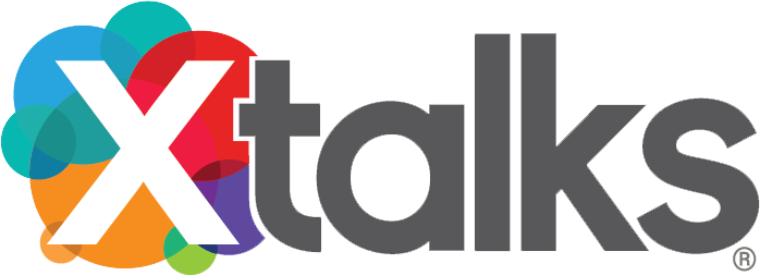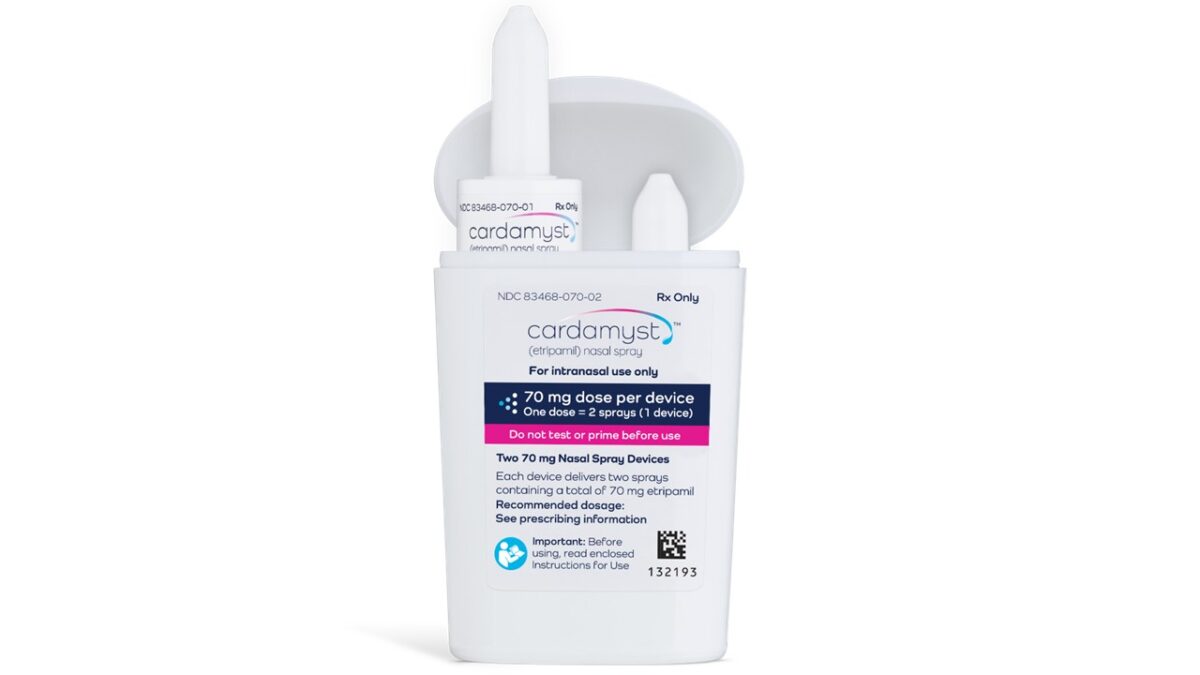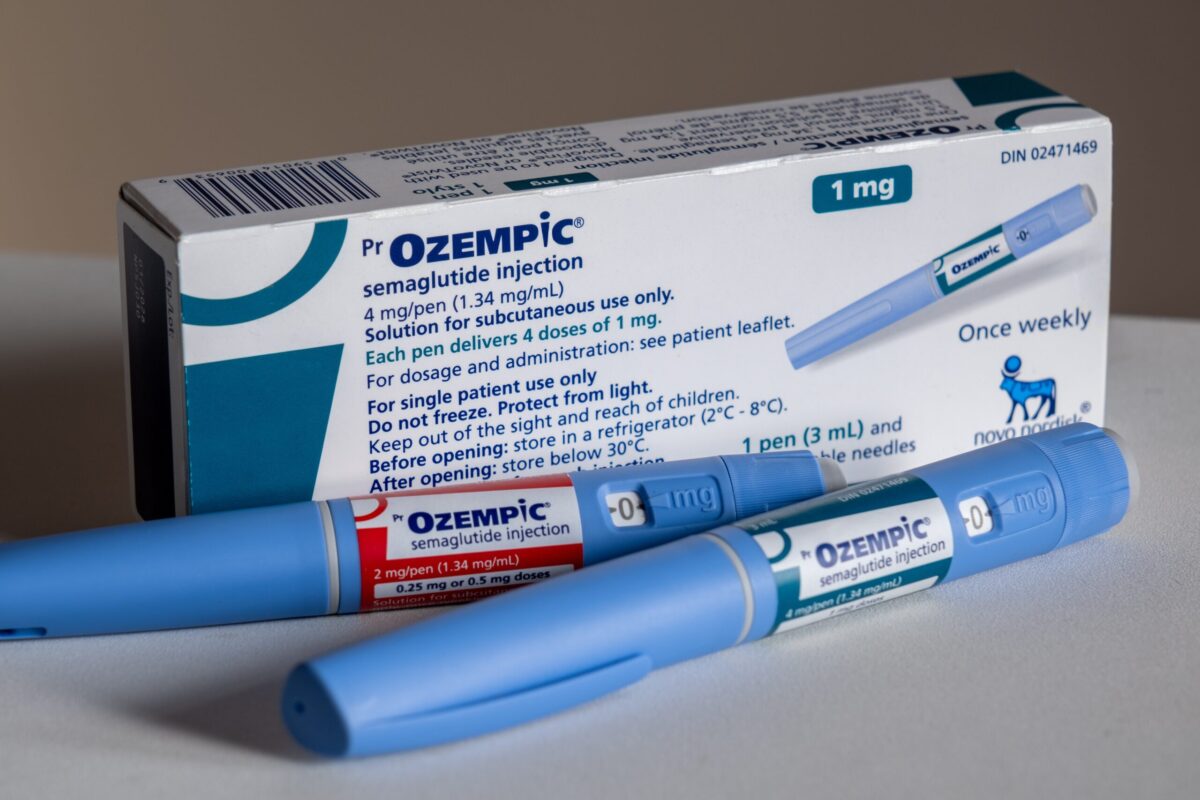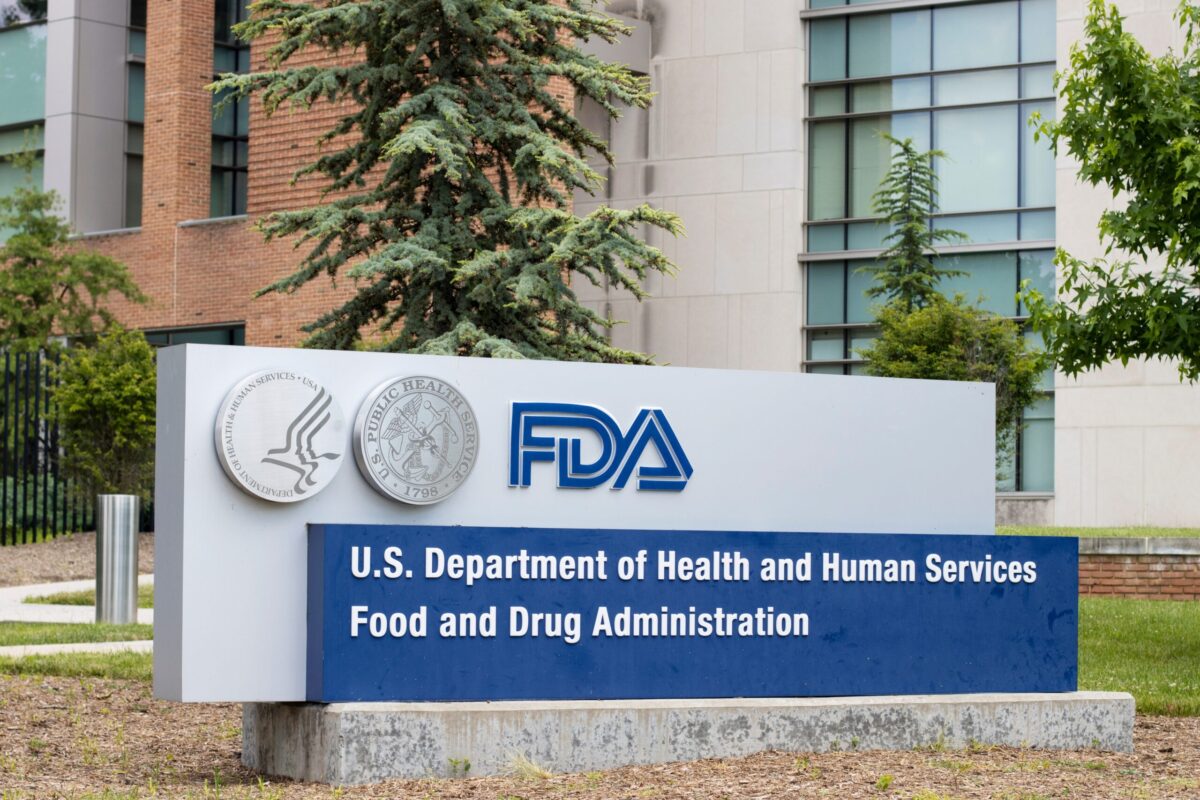Building on its rapid‑fire approvals in rare kidney diseases — most recently Fabhalta (iptacopan) earning a third FDA nod, most recently for C3 glomerulopathy — Novartis now adds Vanrafia (atrasentan) to its nephrology portfolio.
Vanrafia is the first and only selective endothelin A receptor antagonist approved to reduce proteinuria in adults with primary immunoglobulin A nephropathy (IgAN).
This oral, once‑daily, non‑steroidal therapy targets the endothelin A receptor, a key driver of inflammation and scarring in the kidney’s filtering units.
Primary IgAN is a rare autoimmune disease in which deposits of IgA provoke glomerular inflammation and excessive protein leakage into the urine.
Persistent proteinuria is a well‑established risk factor for kidney function decline, with up to half of patients progressing to kidney failure within 10 to 20 years of diagnosis.
The FDA’s accelerated approval of Vanrafia was based on an interim analysis of the global Phase III ALIGN trial, in which atrasentan added to optimized renin‑angiotensin system inhibitor therapy achieved a 36.1% reduction in urine protein‑to‑creatinine ratio versus placebo (p < 0.0001).
Reductions appeared as early as Week 6 and were sustained through Week 36.
In a predefined subgroup also receiving a sodium‑glucose co‑transporter 2 inhibitor, proteinuria fell by 37.4% versus placebo, demonstrating consistency across background therapies.
On the safety front, atrasentan’s profile was favorable: the most common adverse events — peripheral edema, anemia and elevated liver transaminases — occurred in more than 2% of treated patients.
Because endothelin receptor antagonists can cause hepatotoxicity, liver enzyme monitoring is recommended before and during treatment.
Vanrafia carries a boxed warning for serious birth defects when taken during pregnancy.
No Risk Evaluation and Mitigation Strategy (REMS) program is required, allowing seamless integration into existing supportive‑care regimens.
XTALKS WEBINAR: Driving Efficiency and Quality in Clinical Trials Through AI & Innovation
Live and On-Demand: Tuesday, May 27, 2025, at 10am EDT (4pm CEST/EU-Central)
Register for this free webinar to learn how AI is revolutionizing the efficiency and quality of clinical trials.
Vanrafia is expected to be available through specialty pharmacies and nephrology clinics across the US later this quarter.
Novartis plans a targeted rollout in high‑volume kidney centers and has initiated educational programs for nephrologists and care teams to optimize patient selection and monitoring.
Continued approval will depend on verification of clinical benefit from the ongoing ALIGN study’s long‑term analysis of estimated glomerular filtration rate decline.
Top‑line data from that analysis are anticipated in mid 2026.
Beyond Vanrafia, Novartis is advancing zigakibart, a subcutaneously administered anti‑APRIL monoclonal antibody in Phase III development for IgAN.
On the global front, and equally evolving IgAN treatment landscape, Renalys Pharma has just completed patient enrollment in its registrational Phase III trial of sparsentan for IgAN in Japan, with urine protein‑to‑creatinine ratio results expected in the second half of 2025.












Join or login to leave a comment
JOIN LOGIN